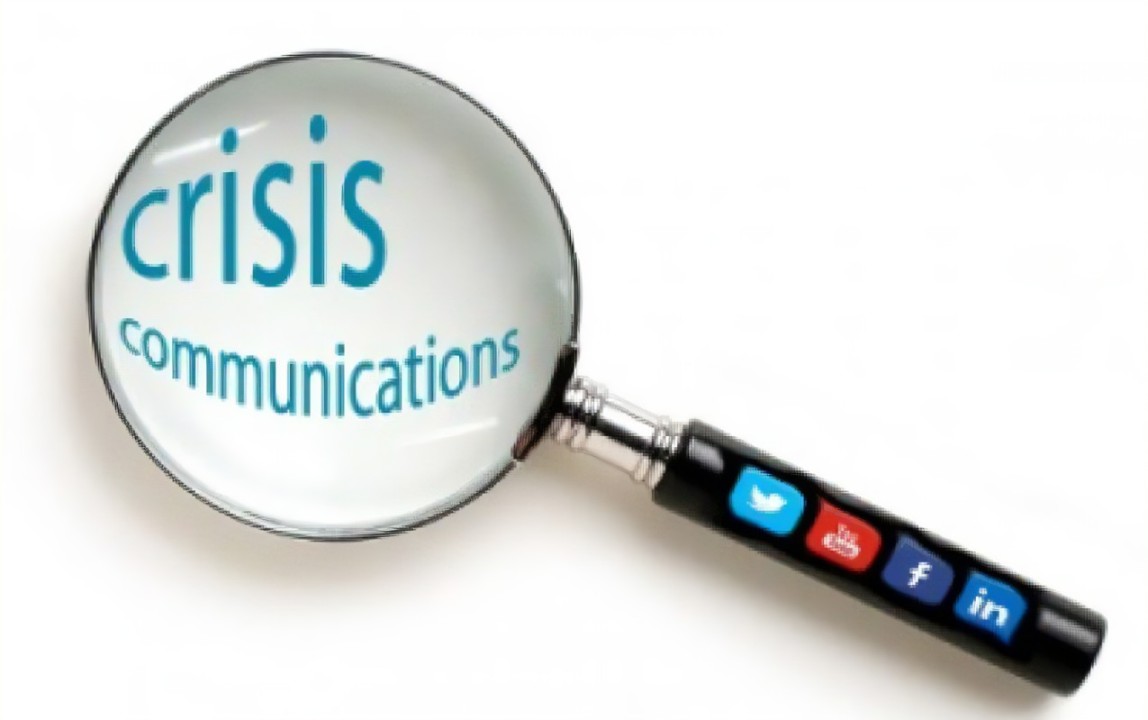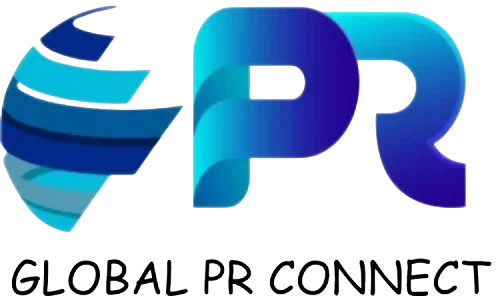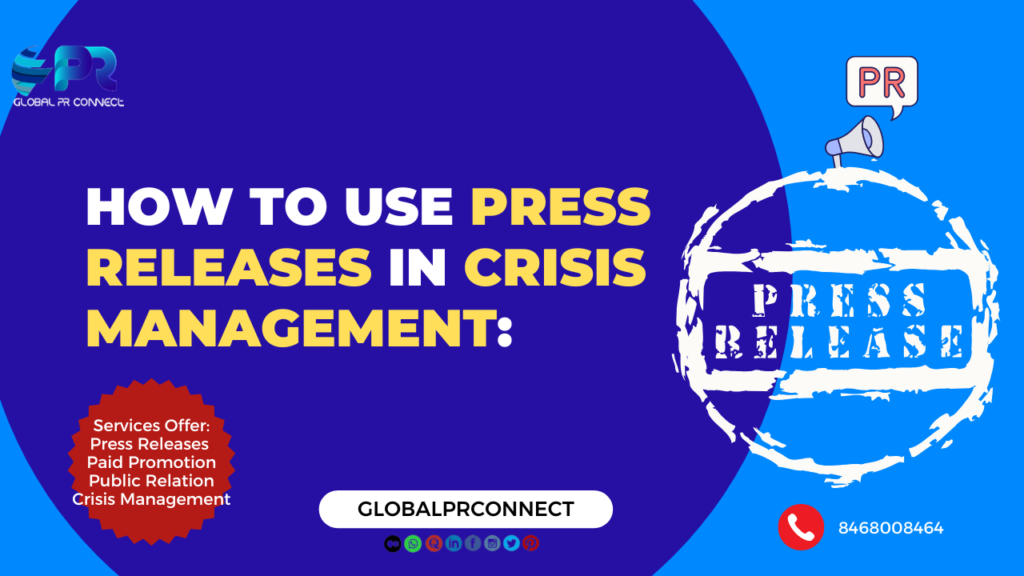In this digital-first world of 2024, where a tweet becomes a headline and a single viral clip can ruin or launch a brand, crisis communications have never been more essential. Whether it’s a product failure, executive misstep, social media blunder, or viral customer complaint — a brand must respond at lightning speed, with strategy, and with authenticity. And that is where press releases come in.
At Global PR Connect (GPRC), we are attuned to the pulse of the media and the urgency of reputation. With years of digital PR and crisis communication experience behind us, our approach ensures that your brand not only gets through a crisis — it emerges more resilient.
What is crisis management in PR?

Crisis communication is planning and response for the unexpected event that could harm the reputation, business, or bottom line of a brand. Effective crisis communication is being able to deliver the right message, at the right moment, to the right audience — and the press release is often the best tool available to do it.
Why Use Press Releases in a Crisis?

A press release is your company’s official voice, enabling you to get ahead of the message before rumors and misinformation spiral out of control. It helps build:
- Transparency
- Credibility
- Responsibility
- Action-oriented response
At GPRC, we craft crisis press releases that not only clarify the facts but also show leadership, empathy, and direction.
GPRC’s Step-by-Step Approach to Crisis Press Releases
1. Quick Response with Fact-Based Content
The first few hours of a crisis are the most important. No response or delayed response may lead to rumor and loss of credibility. GPRC believes in speed—but not to the detriment of accuracy.
We collaborate with your in-house stakeholders to deliver credible facts, and we draft a press release, which is
- Informative
- Transparent
- Speculation-free
We ensure the leading word is yours—not the press’s or Twitter trolls.
2. Clean Structure, Uncomplicated Terms

A press release crisis isn’t the time you try out jargon or filler. GPRC professional writers keep the structure clean:
Headline: Brief and specific regarding the issue
Subhead (if desired): Highlights lead context or reaction
Introduction: Declares crisis and reports facts
Body: Explains what happened, whom it affects, and action being taken
Quote: A human, responsible word from the leadership
Conclusion: Next steps and commitment to solving the crisis
This structure ensures that even if individuals scan, they get the gist in an instant.
3. Empathy and Ownership in Messaging
Tone is the most important during a crisis. A corporate, icy comment will just exacerbate. At GPRC, we ensure that the messaging is human, empathetic, and responsible.
If you must apologize, we suggest you don’t do it in half measures. Taking responsibility doesn’t weaken your brand — it engenders trust. We are sensitive to a tone that is
- Calm
- Honest
- Reassuring
- Proactive
4. Strategic Distribution to Amplify Trust
Publishing a press release on your website is not enough. Our team at GPRC gets your crisis message in front of those who need to see it most:
- News media and digital channels
- Stakeholders and investors
- Social media platforms
- Customer and partner email lists
We use our deep media contacts to get your announcement in dignified outlets, with a trusted story published speedily.
5. Cross-Channel Messaging Consistency


Conflicting messages across channels cause more confusion. We coordinate messaging on:
- Press releases
- Social media posts
- Spokesperson interviews
- Internal comms
This omnichannel consistency builds your brand’s transparency and credibility during the crisis.
6. Media Management and Spokesperson Training
Once the press release has been issued, the media will have follow-up questions. GPRC handles press queries, organizes press briefings, and creates a Q&A document based on anticipated questions and answers.
We also provide your appointed spokesperson with training in crisis-specific media relations — remaining cool, professional, and firm in the face of harsh questioning.
7. Follow-Up Communication and Reputation Recovery
One news release is not the end of crisis communications — it’s only the beginning. GPRC constructs a series follow-up plan, issuing on-time announcements when activities take place, probes have been initiated, or answers are being taken.
The series of follow-ups continues with being open, with your firm commitment to mitigating the crisis, gradually instilling audience credibility.
8. Monitoring and Sentiment Analysis
After you’ve released your statement, we don’t twiddle our thumbs. We have live monitoring capabilities at GPRC to monitor:
- Media coverage
- Social media response
- Public opinion
This enables us to measure effectiveness and adjust the strategy if needed. We’re trying to turn the tide of public opinion in your direction — and we monitor all the metrics to do so.
Conclusion: Crisis as an Opportunity
At Global PR Connect, we believe that every crisis is a veiled opportunity — an opportunity to show your values, leadership, and responsibility.
With the right, strong, timely press release, you can turn negative headlines into positive influence. Whether you are a corporation or a startup, having a PR partner like GPRC ensures your voice is heard, your reputation is defended, and your brand story stays in your hands.
Got a PR crisis? Don’t wait.
Let GPRC write the next chapter with clarity, courage, and credibility.
READ MORE – https://globalprconnect.com/gyaan/how-data-analytics-turns-pr-strategies/
GPRC Content Management / GPRC Public Relation
Want to stay ahead of the curve? Connect with us on LinkedIn for expert tips, industry trends, and the strategies that will make your brand shine.
Get your hands on the best PR resources and articles on our website—designed to keep you informed, inspired, and growing!


